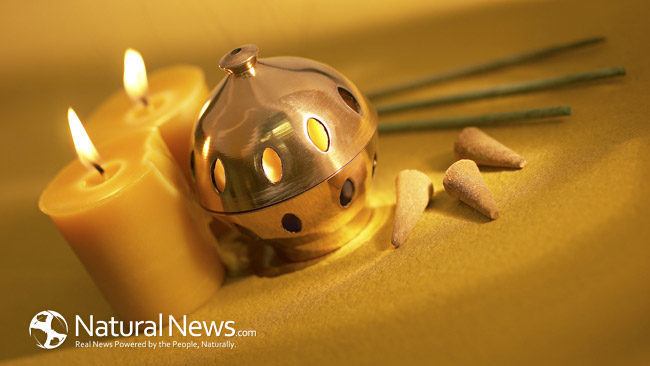Do you have cabinets jam packed with pills, tablets, ointments and the latest, greatest supplements advertised on late night TV? How many of them have actually did what they were supposed to do? If you’re like many others, you’re probably wishing you could just find something that simply works. Maybe you’ve looked into natural alternatives, but were put off by the expensive price tag that often comes with natural and organic products.
Don’t’ give up. There is hope. If you’re looking for something all natural that won’t break the bank then you should look into aromatherapy. You can use essential oils to ward off the flu, colds, stress and more. It’s been used for centuries and while the ongoing debate on its effectiveness is all too real, what does it hurt to give it a shot yourself and see what happens?
What is it and How Does it Work?
Aromatherapy is simply the act of using essential oils that are derived from plants and flowers to achieve a desired effect. Here’s a quick rundown of (probably) why it works so well…
It all starts with your sense of smell. Your nose. Your nose, or particularly the neurons found on the olfactory, detects and senses scents. When that happens, the tiny particles are turned into electrical signals that are sent to the olfactory bulb located in the central nervous system. Here, connections are made with different areas of the brain like the entorhinal cortex that plays an important role in memory and the amygdala that’s the driving force behind emotions. The amygdala also connects to the hypothalamus, which happens to control how stress hormones are released. So a simple scent can ultimately affect your mood or even conjure up memories.
There are many different methods. You can use steam, create rubs or even room sprays. The type of oil you use will depend on what you’re trying to achieve. You might want to use a specific oil for its main benefit or mix several together. Just be careful when doing so, as essential oils are very concentrated and can even burn skin if not diluted.
With cold and flu season rapidly approaching and the school year in full swing, you may be looking for alternatives to over the counter medicines and vapor type rubs. Deborah Halvorson, BA, RA has a really helpful guide for creating your own alternatives with essential oils, especially if you have children. While essential oils are generally considered safe, there are some that you need to be careful with if you you have little ones around, like peppermint.
Peppermint (Mentha x piperita) is a great oil to use if you’re dealing with bronchitis or sinusitis. But Halverson warns that it shouldn’t be used on children that are under the age of two.
Cedarwood (Cedrus atlantica) can act as an expectorant, so it can be a good choice for fighting colds and the flu. It also improves the immune system. And as a bonus, it can help you feel more relaxed and calm.
There are many different essential oils and they each have their own benefits, though some of them will do similar things and they will affect different people in different ways. Simply find a few that offer the benefits you need and test them out to find the best combination for what you need.





